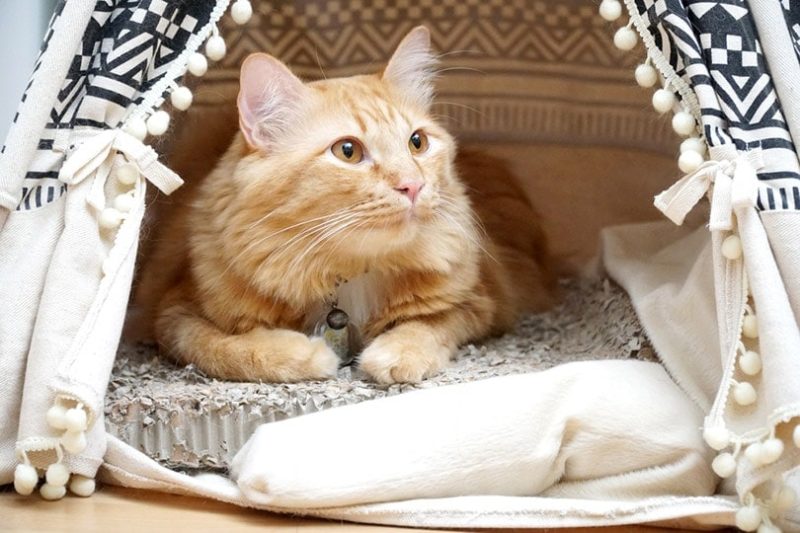11 Great Indoor Cat Breeds (With Pictures)
By Beth Crane
Updated on
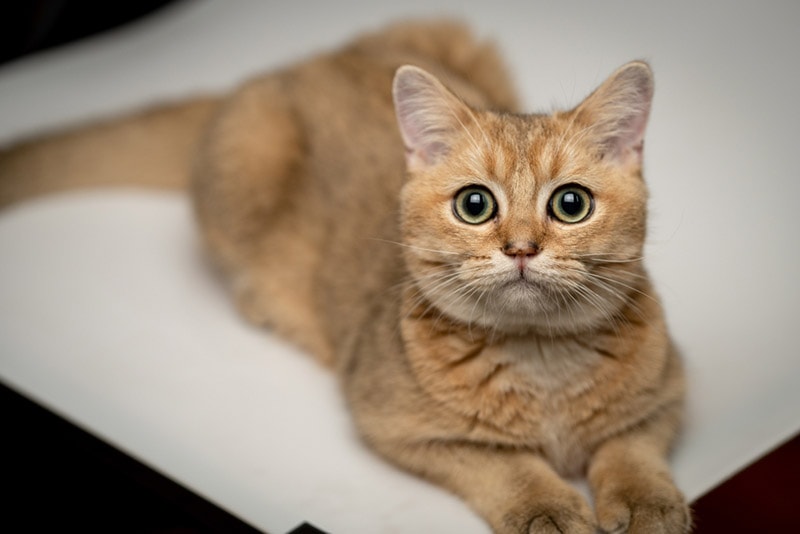
Click to Skip Ahead
There’s a debate among cat owners about whether or not cats should be able to go outside. On the one hand, cats are highly intelligent creatures that need stimulation and the opportunity to display natural behaviors, or they can suffer from mental and physical health problems. On the other hand, outdoor cats kill billions of birds and mammals each year in the US alone.
Fortunately, there are ways to keep your cat indoors and still give them the best life possible; some breeds live better indoors than others, often due to their activity levels or traits. This article will examine 11 great cats that do well indoors and explore what makes them so suited to indoor living.
The 11 Indoor Cat Breeds
1. British Shorthair
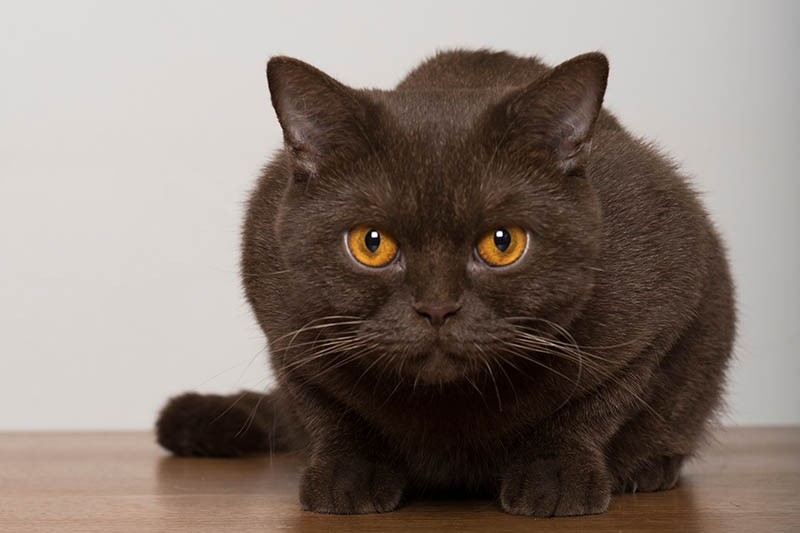
| Lifespan: | 12–20 years |
| Size: | 8–16 lbs |
The British Shorthair is the pedigree version of the cats first developed in Britain, and they are some of the most well-known cats in the world. With their chubby faces and sweet temperaments, the British Shorthair is well loved; they are very calm and collected, making them the perfect cat for indoor living.
They don’t need as much physical stimulation as other breeds and are lap cats by nature. The British Shorthair is more inclined to have short bursts of activity over the day and spend most of it lounging on the couch, so they make great indoor cats as long as they have toys and people to interact with.
2. Nebelung
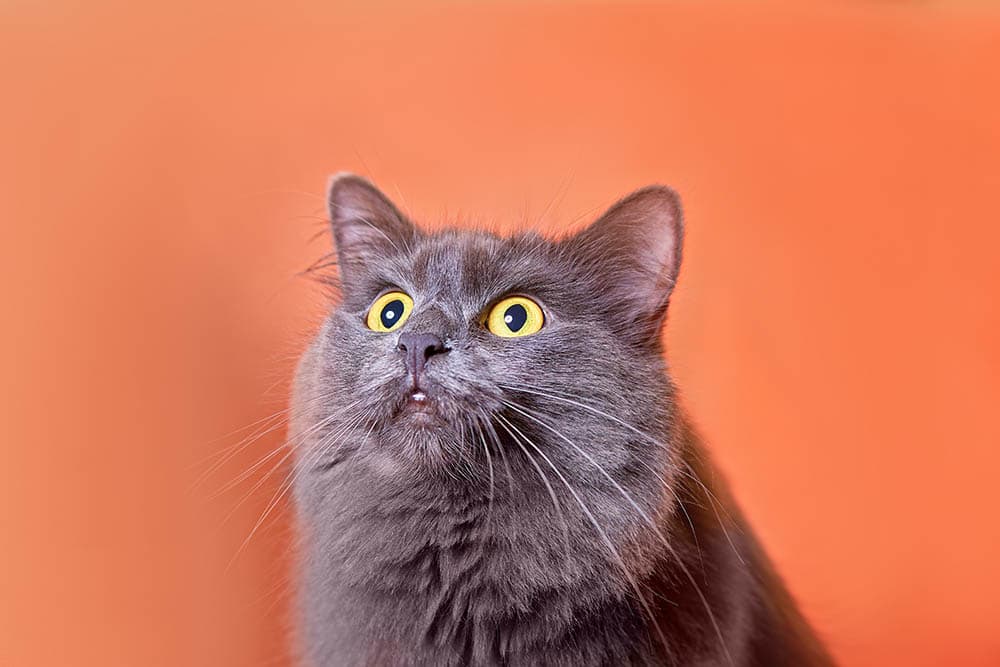
| Lifespan: | 15+ years |
| Size: | 7–14 lbs |
The Nebelung is a relatively unknown breed that originated in America and is similar to a long-haired Russian Blue in appearance. Nebelungs aren’t particularly active cats, but they’re always on the lookout for their favorite humans. You can bet that in any room you’re in, your Nebelung will follow; it’s this curiosity and need to be near their owners that makes the Nebelung a great cat to have indoors.
They do best when they have specified playtime with their owners each day to keep them stimulated, and having some toys rotated out every week or so can help them burn off energy.
3. Cornish Rex
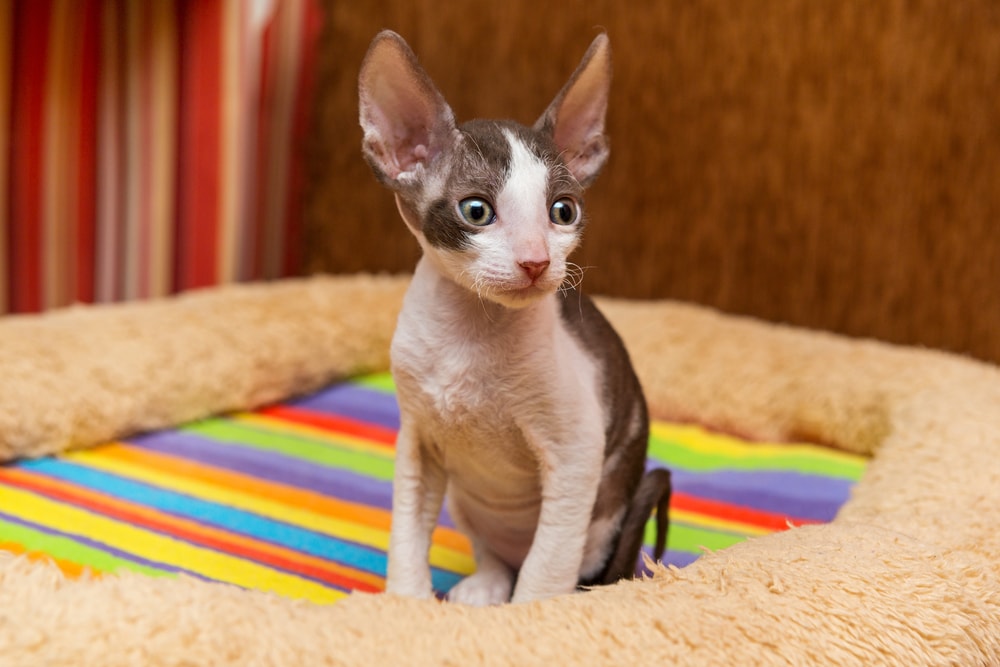
| Lifespan: | 9–13+ years |
| Size: | 5–10 lbs |
The curly-coated and athletic Cornish Rex might not be your first choice when thinking of indoor cats, but the sweet felines love being the center of attention at all times. They don’t want to go outside because they’d miss what’s going on! The charismatic Cornish Rex loves to run about and jump, and you’ll need to provide entertainment if they’re kept indoors, such as cat trees, shelves, or even a catio.
However, they’re often happiest when surrounded by their families. This close connection and need for affection makes the Cornish Rex ideal for indoor life.
4. Sphynx

| Lifespan: | 15–18 years |
| Size: | 5–10 lbs |
The Sphynx should be kept indoors no matter what due to their completely furless bodies! They are a “love ‘em or hate ‘em” breed because of their appearance. Their wrinkled bodies are covered in a fine, downy layer of hair that gives them a peach fuzz feel that some love and can’t stand (we think they’re beautiful)! These cats need protection from the elements and can get seriously unwell if they’re outside without it, so keeping them indoors is always advised. Luckily, Sphynx cats are affectionate and very loyal, so they’ll love staying inside and snuggling up to you for warmth.
5. Munchkin
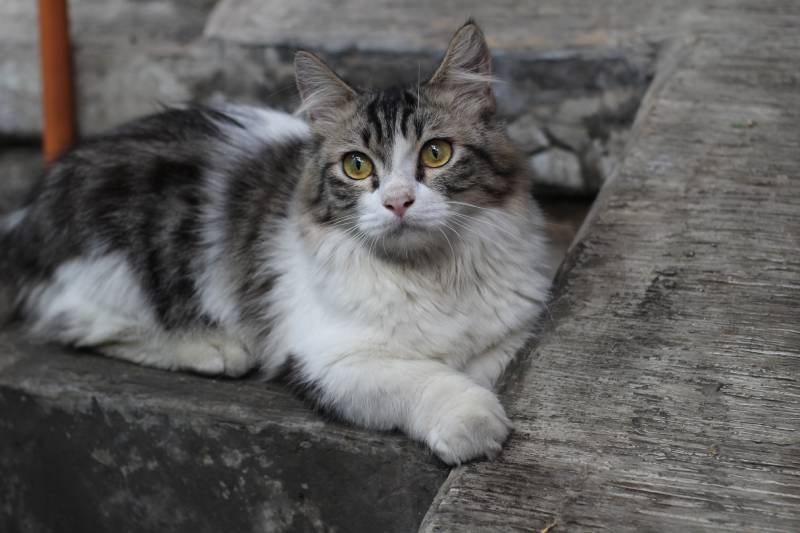
| Lifespan: | 11–16 years |
| Size: | 7–15 lbs |
Munchkin cats are another breed that does better indoors due to their anatomy. Munchkin cats have very short legs, and they’re at a disadvantage when trying to run or climb outside. However, the little Munchkin is so laid back they’re practically lying down, and they’d often much rather be indoors relaxing with their family than out exploring. They still need stimulation since they’re very curious cats, so providing them with a suitably-sized cat tree and toys can help make indoor life exciting and engaging.
6. Scottish Fold
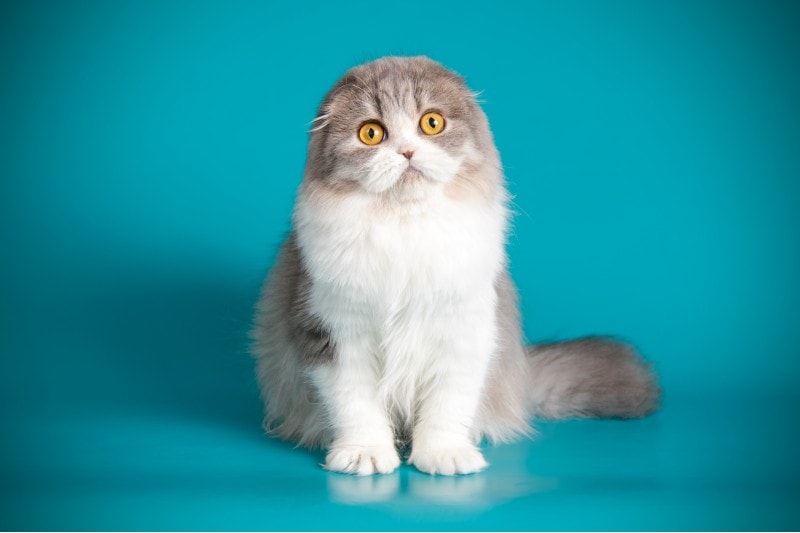
| Lifespan: | 11–15 years |
| Size: | 6–13 lbs |
The Scottish Fold is a calm and affectionate breed that’s well-known for its folded ears that sit very close to its head. Scottish Folds are very affectionate and share similar traits to British Shorthairs in that they aren’t very active but absolutely adore their families.
These homebodies do very well indoors, and they can get all the exercise they need through play sessions with their owners. You’ll often find the Scottish Fold occupying any space their humans do, and you can use that to your advantage and encourage them to exercise.
7. Persian
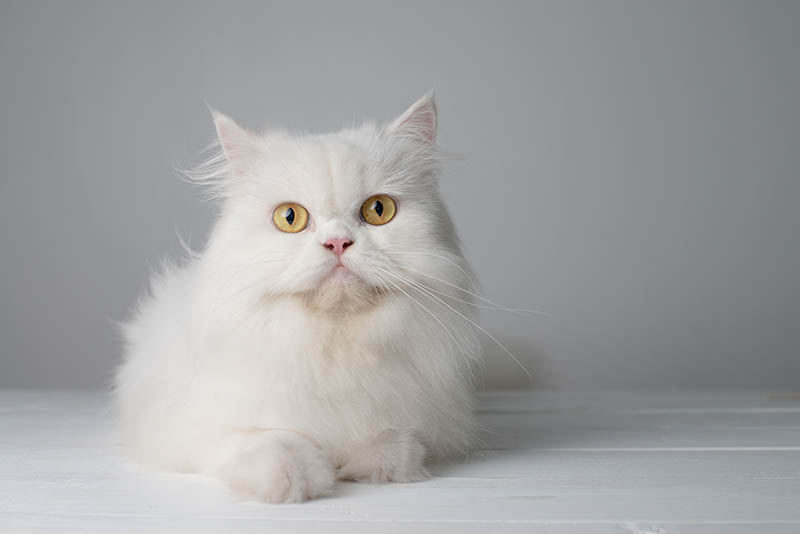
| Lifespan: | 8–11 years |
| Size: | 7–14 lbs |
Persians are a popular brachycephalic (flat-faced) breed that does well indoors. Persians are very quiet and sweet cats and prefer lounging with their owners on the couch or bed. They’re easygoing, and it can take some coaxing to get them to exercise. However, their physical activity should be monitored due to their flat faces, which make breathing harder for them.
Having toys spread throughout the home can encourage the Persians to play. They often display sudden bursts of energy and will rocket around the house in short “zoomie” sessions before going off to snooze again!
8. Ragdoll
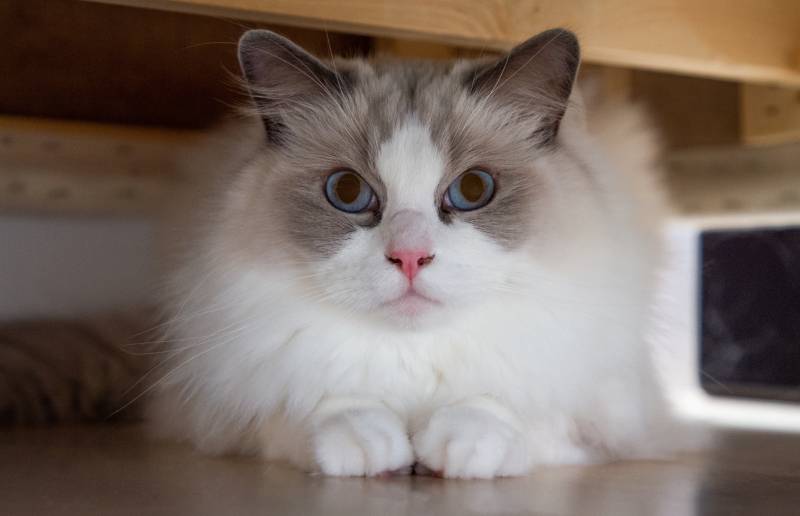
| Lifespan: | 12–18 years |
| Size: | 10-20 lbs |
As their name suggests, the Ragdoll is a soft and relaxed breed that does very well being indoors. They are very sweet-tempered, affectionate, and laid back regarding exercise. They get along well with all kinds of pets and children and have a tendency to go “floppy” when held in someone’s arms.
They aren’t active cats, but they still enjoy playing. Providing different toys and scheduling dedicated play sessions can keep your Ragdoll happy and keep their weight under control since they also tend to indulge in their food!
9. Russian Blue
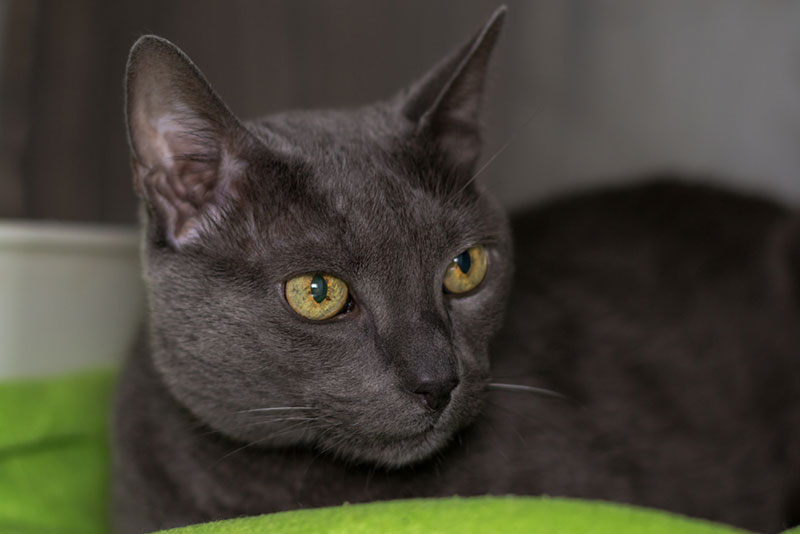
| Lifespan: | 11–18 years |
| Size: | 7–10 lbs |
Russian Blues share a temperament with the Nebelung in that they’re completely enamored and loyal to their families. Although their coats resemble the British Shorthairs’, they’re not as heavy or stocky. Russian Blues are more demanding with their affections than Nebelungs are, however, and will make sure they get all the affection and love they need from you once they decide they like you! They’ll follow their owners around from room to room, but they are happy to be left alone in the home while their family is out.
10. Siamese
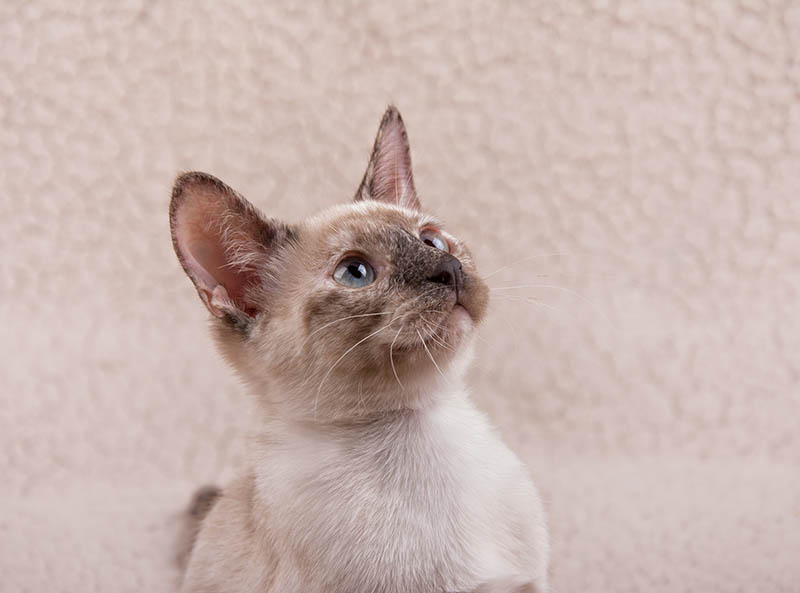
| Lifespan: | 10–20+ years |
| Size: | 5–8 lbs |
The Siamese is an incredibly social and very talkative cat. They will constantly talk to you and seem to have a larger vocabulary than other felines. If you live by yourself, a Siamese cat will make you feel like you have other people at home. They make good indoor cats because of how social they are and their desire to be close to their humans. They need to be given near-constant attention and affection and plenty of toys to keep them entertained. If your Siamese is kept indoors, toys and opportunities to run (such as a cat wheel) are necessary to keep them happy.
11. Mixed Breed Moggies
| Lifespan: | 12–18+ years |
| Size: | 5–20 lbs |
Lastly, mixed breed “moggies” can have mixed traits from many breeds, which can mean keeping them inside is easy and preferred. Some mixed breeds have physical traits that make them more suited for indoor life, like a hairlessness mutation or a flat face. Others prefer to always be around their humans, which can also be learned from early life experiences. How a mixed breed moggy will fare indoors depends on their personality, but all of them can be completely content if the right indoor environment and stimulation are provided.
Why Are Cats Kept Indoors?
Cats are kept indoors for various reasons. Because cats are amazing hunters, they’ll often hunt and kill birds and small mammals each time they go out. Cats also have large territories (even neutered and spayed cats), so they can cause damage to the local ecosystem. Cats with medical conditions should also live indoors to keep them safe and prevent further complications. Finally, some owners keep their cats indoors to protect them from the dangers of the outside world, such as disease, injuries, and theft.
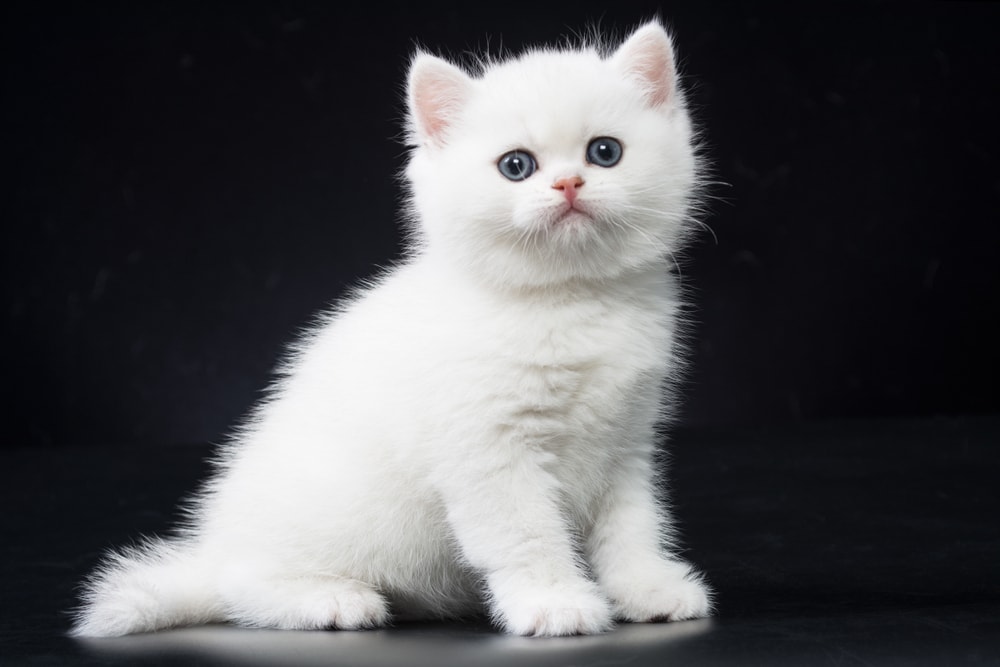
How Can I Keep My Indoor Cat Happy?
Keeping your indoor cat happy involves “bringing the outside in” and simulating the experiences they get outdoors and indoors. Adding different levels for your cat to climb by using shelves, adding tunnels and obstacles, using a scratching post and cardboard scratchers, and providing interesting toys can all simulate the outdoors and allow your cat to display all the natural behavior they would if they were outside roaming. Providing entertainment keeps them happy and reduces the likelihood of mental and physical problems such as stress, depression, urinary tract issues, and obesity.
Conclusion
The cats most suited to being indoors all have very people-oriented personalities and prefer to be around their humans most (if not all of) the time. Any cat can be happy and healthy living indoors, but the more laid-back and lazy breeds, such as the British Shorthair, can come into their own and appreciate the couch the most. As long as your cat gets the stimulation and exercise they need through interaction, toys, and play, they’ll enjoy their time indoors.
Featured Image Credit: Carry Wu, Shutterstock



